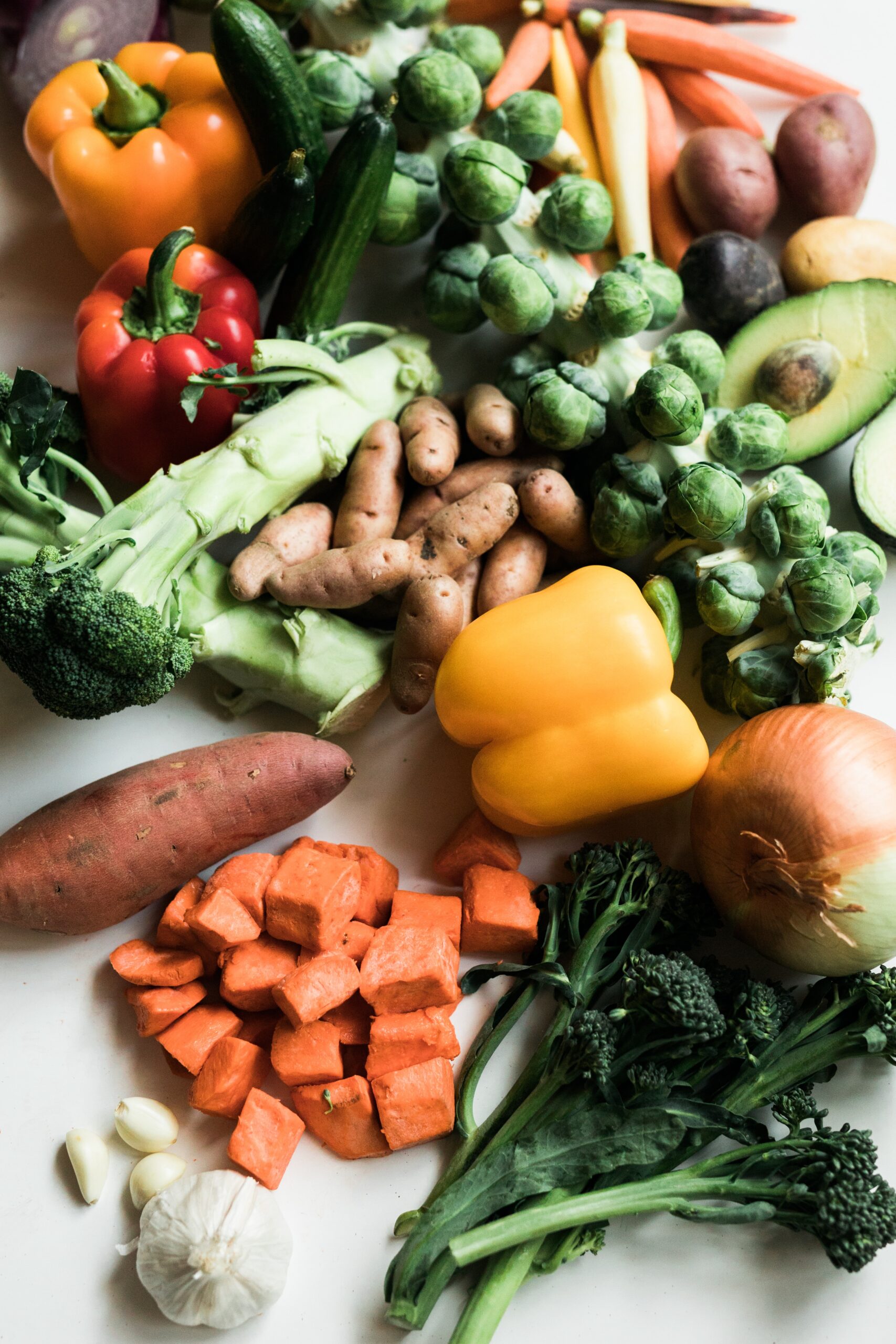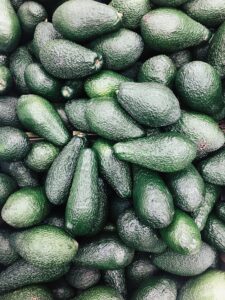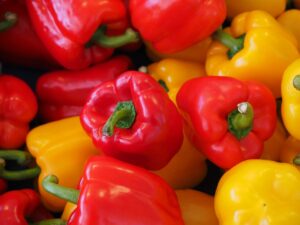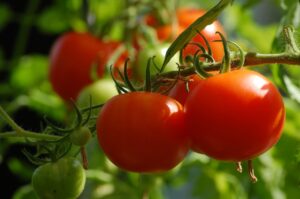|
Getting your Trinity Audio player ready...
|
Indoor Vegetable Gardening: Grow Your Own Fresh Produce Year-Round
Introduction
Are you yearning to grow your own vegetables but lack the outdoor space or face the challenges of cold weather? Don’t worry, because indoor vegetable gardening is the perfect solution. Many vegetables, herbs, and fruits can thrive indoors, allowing you to enjoy fresh and nutritious produce all year round. In this comprehensive guide, we will explore various indoor gardening ideas, providing you with the inspiration and information you need to embark on your own indoor gardening adventure.
This post may contain affiliate links, which means that I may receive a commission if you make a purchase using these links. As an Amazon Associate I earn from qualifying purchases CLICK HERE
Getting Started: Essential Tips for Indoor Vegetable Gardening
Before we delve into the specific indoor gardening ideas, let’s discuss some important factors to consider when setting up your indoor vegetable garden.
1. Light: Adequate lighting is crucial for the success of your indoor garden. While a sunny, south-facing window can provide sufficient light for certain plants, you may need to supplement natural light with artificial grow lights, especially during the winter months. Investing in a quality grow light will ensure that your plants receive the optimal amount of light for healthy growth.
2. Containers: Choose containers with drainage holes to prevent waterlogging and ensure proper drainage. Options include terra cotta pots, plastic pots, wooden planters, or fabric pots, which allow roots to breathe and prevent plants from becoming rootbound.
3. Potting Mix: Use a high-quality potting mix specifically formulated for container plants. Avoid using garden soil, as it is too dense and can lead to poor drainage and root suffocation. Opt for a soilless mix that provides good moisture retention and aeration for healthy root development.
4. Fertilizer: Indoor plants benefit from regular fertilization to ensure they receive the necessary nutrients. Use organic liquid or granular fertilizers formulated for vegetables, following the instructions on the product label. Consider incorporating kelp meal, a natural and nutrient-rich fertilizer, into your potting mix for enhanced plant growth and resilience.
5. Temperature and Humidity: Most vegetables thrive in a room temperature range of 65°F to 75°F. Avoid placing your plants near heat sources that could dry them out. Additionally, indoor environments can be dry, especially during winter. Consider using a room humidifier or placing a tray of water near your plants to increase humidity levels.
6. Watering: Container-grown plants require regular watering, as they can dry out faster than plants in the ground. Water your plants thoroughly until water drains out of the bottom of the container, and water again when the top inch of soil feels dry. Avoid overwatering, as this can lead to root rot.
7. Air Circulation: Adequate air circulation is essential for strong plant growth and to prevent mold and fungal diseases. Use a fan on low speed to promote air movement around your plants, strengthening their stems and facilitating pollination for fruiting plants.
Now that we have covered the basics, let’s explore a variety of indoor vegetable gardening ideas that can thrive in your home.
1. Sprouts and Microgreens: Fresh and Nutritious Greens at Your Fingertips
One of the easiest and quickest ways to grow fresh greens indoors is through sprouts and microgreens. Sprouts are seeds that have just germinated, while microgreens are young seedlings harvested at the cotyledon or first true leaf stage. They are packed with nutrients and can be used to enhance the flavor and nutrition of salads, sandwiches, and other dishes.
To grow sprouts and microgreens, you can use shallow trays, aluminum baking pans, or even self-watering grow kits. Fill the container with a potting mix or use biodegradable hemp mats as a growing medium. Scatter the seeds evenly and cover them with a thin layer of soil or vermiculite. Water lightly to keep the soil moist but not waterlogged.
Sprouts and microgreens require minimal light and can be grown on your kitchen counter. Harvest them when the stems are 2 to 3 inches tall by cutting them right at the soil level. Sow new trays every 7 to 10 days for a continuous harvest of these nutrient-rich greens.
2. Leafy Greens: A Bounty of Fresh Salad Ingredients
Leafy greens are excellent candidates for indoor vegetable gardening, providing you with a constant supply of fresh salad ingredients. Lettuce, spinach, chard, arugula, kale, sorrel, and mustard greens can all be grown indoors, either as baby greens or mature plants.
Start by sowing the seeds in containers with well-draining potting mix, spacing them according to the instructions on the seed packet. As the plants grow, thin them out to provide enough space for each plant to develop fully. You can harvest the outer leaves of the plants, allowing the inner leaves to continue growing. Alternatively, wait until the plants reach maturity and harvest them in their entirety.
Leafy greens require at least 6 hours of direct sunlight, so place them in a sunny south-facing window or supplement with artificial grow lights. Regularly fertilize your plants with a balanced vegetable fertilizer to ensure healthy growth and abundant yields.
3. Scallions: A Perennial Onion Crop for Year-Round Harvests
Scallions, also known as green onions or bunching onions, are an excellent choice for indoor vegetable gardening, as they are perennial and can provide continuous harvests without the need for replanting. These versatile onions can be used in a variety of dishes, adding a mild onion flavor.
To grow scallions, plant the bulbs in containers filled with potting mix, spacing them according to the recommended guidelines. Harvest the green leaves as they grow, or wait until the leaves reach pencil thickness and pull up the entire plant, including the bulb and roots. By leaving the bulbs in the soil, they will continue to multiply and produce new growth, ensuring a steady supply of scallions.
Scallions require regular watering and prefer a well-lit location. Place them near a sunny window or supplement with grow lights to provide the necessary light for healthy growth.
4. Garlic Greens: A Flavorful Alternative to Traditional Garlic
While growing full garlic bulbs indoors may be challenging due to the lack of winter chill hours, you can still enjoy the delicious flavor of garlic greens. Garlic greens are the leafy shoots that emerge from garlic cloves, offering a milder and more subtle taste compared to mature garlic bulbs.
To grow garlic greens, plant individual garlic cloves in containers filled with potting mix. Place the cloves with the pointy end facing up, burying them about 2 inches deep. The greens will begin to emerge in a couple of weeks, and you can start harvesting them once they reach a height of 6 to 8 inches. Simply cut off a few inches of the green stem and use them in your favorite recipes.
Garlic plants can be left in the soil to continue growing, but for healthier plants, it is recommended to pull up and divide the cloves each year to prevent overcrowding.
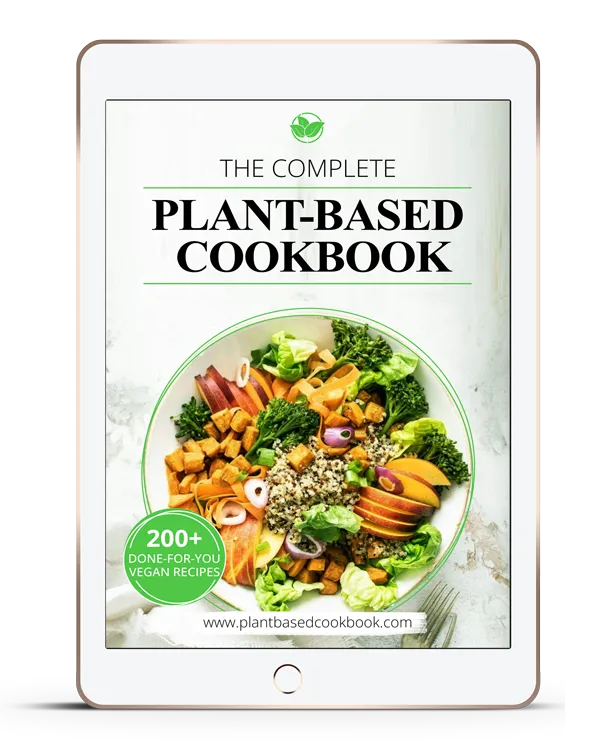
The Complete Plant-Based Cookbook Now includes over 200 Mouth-Watering New Vegan Recipes.
If you were like me and you hated spending time in the kitchen and just wanted to cook a quick vegan meal that tasted great, then this cookbook has more than 200 vegan recipes from cereals, omelets, smoothies, salads, soups, main dishes, and snacks!
5. Radishes: Quick and Easy Root Vegetables for Indoor Gardening
Radishes are perfect for indoor gardening, thanks to their shallow root systems and fast growth. These vibrant root vegetables can be grown in containers and provide a satisfying crunch and peppery flavor to your dishes.
To grow radishes indoors, sow the seeds directly in containers filled with potting mix. Space the seeds according to the recommended guidelines and cover them lightly with soil. Keep the soil moist and provide at least 4 to 6 hours of light per day. Radishes will typically be ready for harvest in 24 to 30 days, depending on the variety. Thin the seedlings if necessary to allow for proper root development.
Enjoy the radishes when they reach the desired size, and consider sowing new seeds every few weeks for a continuous supply of these tasty root vegetables.
6. Beets: Colorful Roots and Nutritious Greens
Beets offer a dual harvest, as both their roots and leafy greens are edible and nutritious. These vibrant vegetables can add a pop of color to your indoor garden while providing you with a range of culinary options.
To grow beets indoors, sow the seeds in containers with well-draining potting mix. Thin the seedlings to ensure proper root development, spacing them according to the recommended guidelines. As the roots grow, you can harvest them when they reach the desired size. Additionally, you can harvest the young leaves for salads or cook them as you would Swiss chard.
Beets prefer cool temperatures and consistent moisture. Provide them with at least 4 to 6 hours of light per day, and water them regularly to keep the soil moist.
7. Herbs: Flavorful Additions to Your Indoor Garden
No indoor vegetable garden is complete without a selection of fresh herbs. Herbs like basil, thyme, rosemary, parsley, and oregano can be grown indoors, adding an aromatic touch to your culinary creations.
To grow herbs indoors, choose containers with drainage holes and fill them with a well-draining potting mix. Sow the herb seeds or transplant young herb plants into the containers, ensuring they have enough space to grow. Place the containers near a sunny window or use grow lights to provide sufficient light.
Harvest the herbs as needed, using them to enhance the flavor of your dishes. Regularly fertilize the herbs with a balanced fertilizer to promote healthy growth and enhance their aromatic qualities.
8. Tomatoes: Compact Varieties for Indoor Cultivation
While growing full-sized tomatoes indoors may require more advanced techniques and specialized equipment, there are compact tomato varieties specifically bred for indoor cultivation. These smaller plants are perfect for indoor gardens, providing you with a taste of summer all year round.
Choose determinate tomato varieties that are naturally more compact and do not require extensive staking or pruning. Plant them in deep containers filled with a well-draining potting mix. Provide them with at least 6 to 8 hours of direct sunlight per day or supplement with high-quality grow lights. Regularly water and fertilize the plants, following the instructions on the product label.
With proper care and attention, you can enjoy a bountiful harvest of flavorful tomatoes from your indoor garden.
9. Peppers: Colorful and Versatile Indoor Vegetables
Peppers are another popular choice for indoor vegetable gardening, adding a splash of color and a spicy kick to your dishes. There are many compact pepper varieties suitable for indoor cultivation, allowing you to enjoy homegrown peppers even in limited space.
Plant pepper seeds or transplant young pepper plants into containers filled with well-draining potting mix. Ensure the containers are deep enough to accommodate the root systems of the plants. Place the containers in a sunny location or provide supplemental grow lights to meet the plants’ light requirements.
Peppers prefer warm temperatures, so maintain a consistent room temperature between 65°F and 75°F. Water the plants regularly and fertilize them with a balanced vegetable fertilizer to promote healthy growth and abundant fruiting.
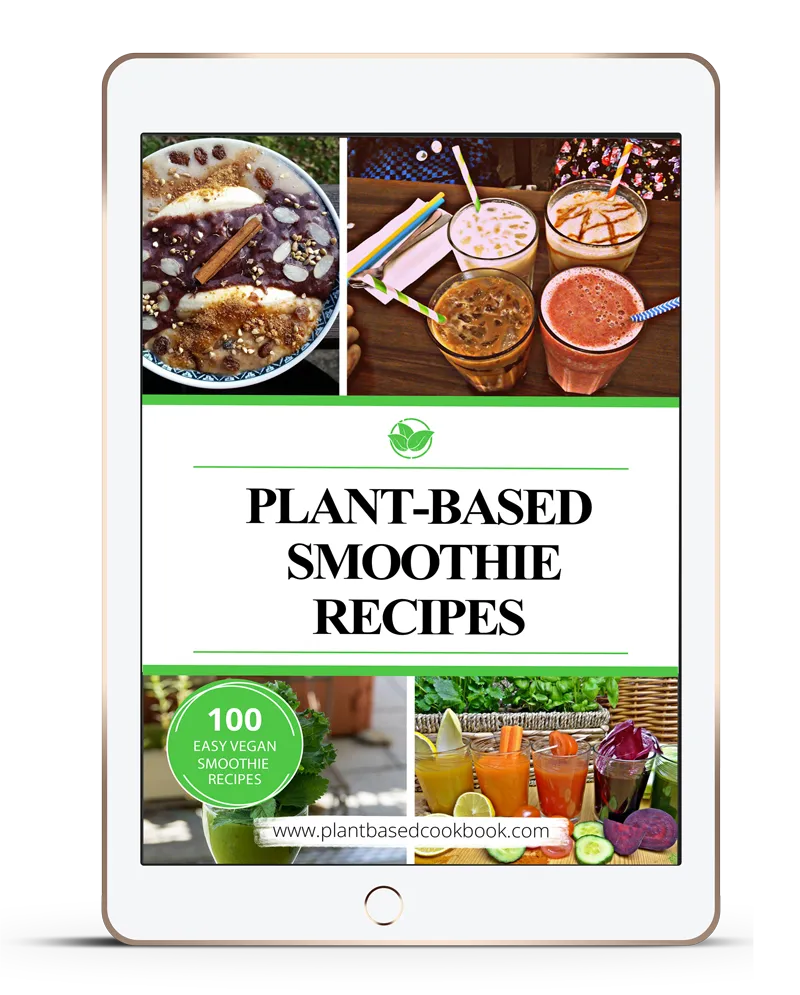
Over 100 Plant-Based Smoothie Recipe
Looking for a simple way to adopt a healthier lifestyle and gain more energy?
Looking for a simple way to adopt a healthier lifestyle and gain more energy?
The ‘Plant-Based Smoothie Recipes’! It’s a treasure chest of over 100 healthy, healthy, and easy smoothie ideas. From breakfast to dessert, you’ll find something for every taste. Enjoy the goodness of plant-based living.
10. Strawberries: Sweet Delights from Your Indoor Garden
Indulge in the sweetness of homegrown strawberries by cultivating them in your indoor garden. While strawberries may require a bit more space than other indoor crops, they can still be grown successfully in containers or hanging baskets.
Choose compact strawberry varieties suitable for container cultivation. Plant them in containers filled with a well-draining potting mix, ensuring they have enough space to spread out and produce runners. Place the containers in a sunny location or use grow lights to provide sufficient light.
Strawberries prefer slightly cooler temperatures, so aim for a room temperature between 60°F and 70°F. Water the plants regularly, keeping the soil moist but not waterlogged. Harvest the ripe strawberries as they appear, savoring the delicious taste of homegrown sweetness.
Conclusion
Indoor vegetable gardening opens up a world of possibilities, allowing you to grow your own fresh and nutritious produce year-round. Whether you choose to cultivate sprouts, leafy greens, scallions, garlic greens, radishes, beets, herbs, tomatoes, peppers, or strawberries, each indoor gardening adventure offers unique flavors and rewards. By following the essential tips and techniques outlined in this guide, you can create a thriving indoor garden that brings the joy of gardening into your home. So, start your indoor vegetable garden today and experience the satisfaction of harvesting your own homegrown produce A
